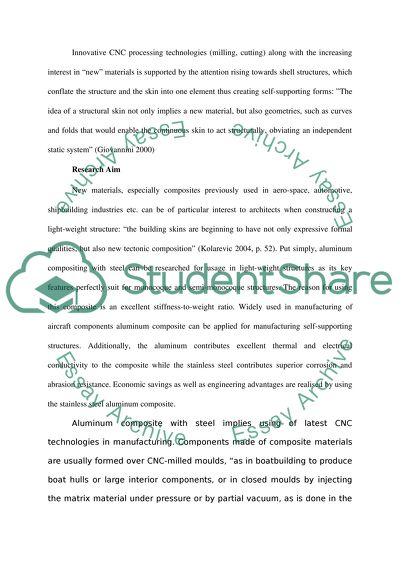Cite this document
(“Digital fabrication manufacturing lightweight structure and self Essay”, n.d.)
Retrieved from https://studentshare.org/technology/1521231-digital-fabrication-manufacturing-lightweight-structure-and-self-supported-roof-shells-with-innovative-material
Retrieved from https://studentshare.org/technology/1521231-digital-fabrication-manufacturing-lightweight-structure-and-self-supported-roof-shells-with-innovative-material
(Digital Fabrication Manufacturing Lightweight Structure and Self Essay)
https://studentshare.org/technology/1521231-digital-fabrication-manufacturing-lightweight-structure-and-self-supported-roof-shells-with-innovative-material.
https://studentshare.org/technology/1521231-digital-fabrication-manufacturing-lightweight-structure-and-self-supported-roof-shells-with-innovative-material.
“Digital Fabrication Manufacturing Lightweight Structure and Self Essay”, n.d. https://studentshare.org/technology/1521231-digital-fabrication-manufacturing-lightweight-structure-and-self-supported-roof-shells-with-innovative-material.


